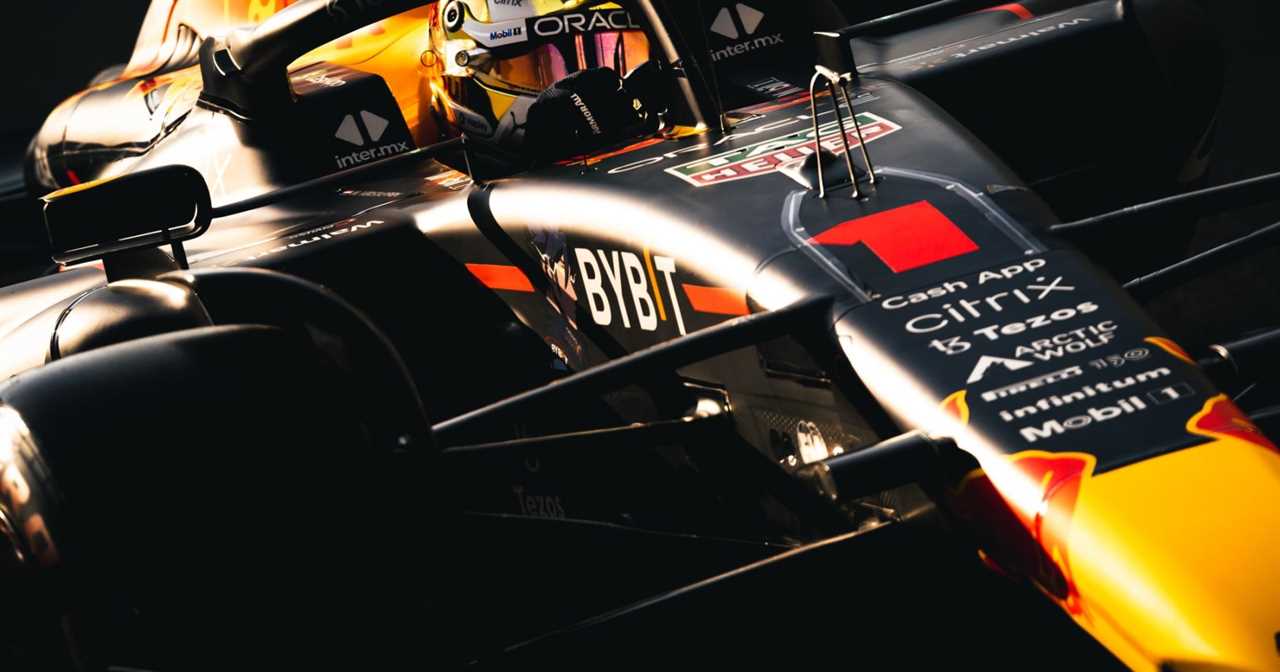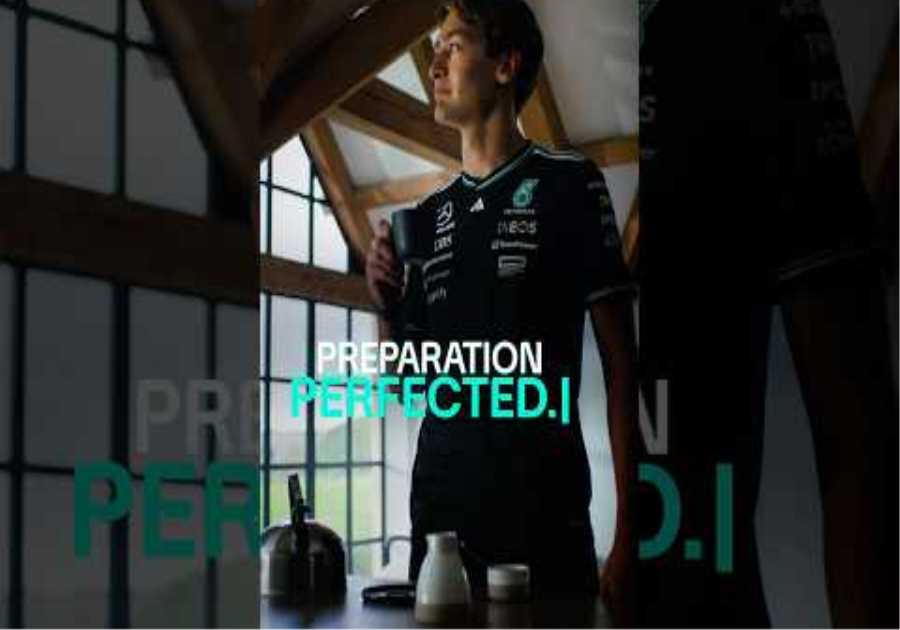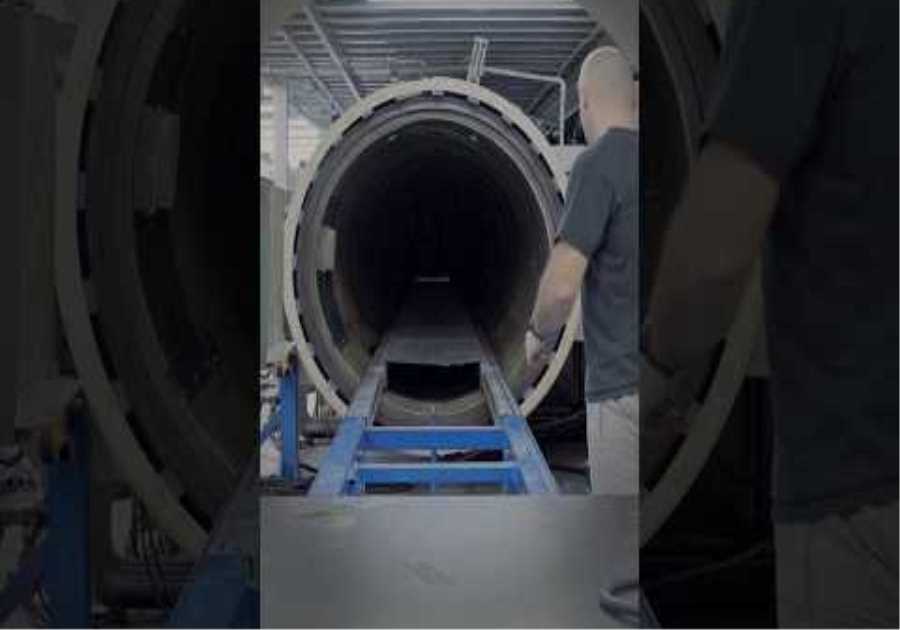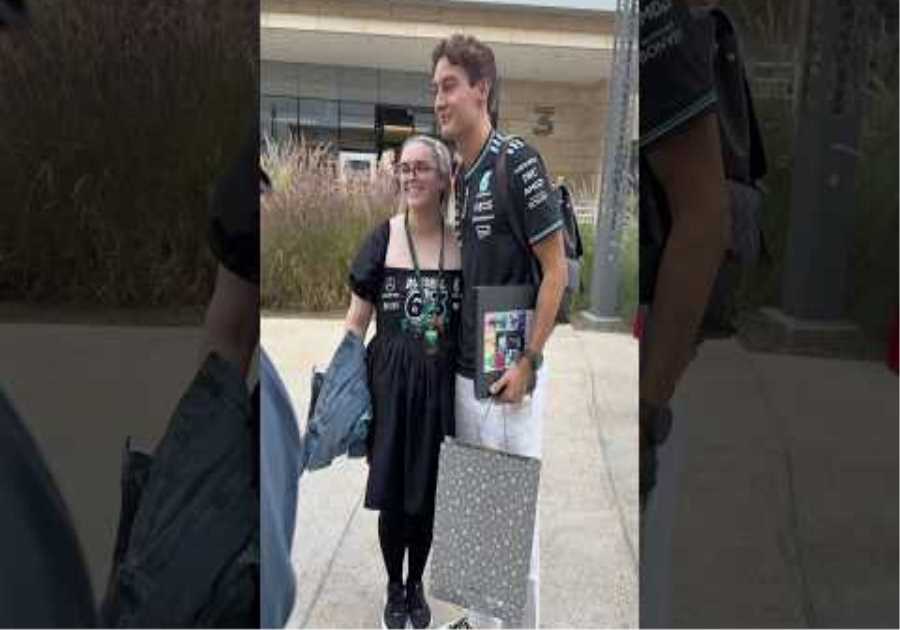
It seems increasingly appropriate to define the RB19 as a “disguised revolution” The latest rumors about the new Red Bull, which will be presented in New York on February 3rd, indicate that the design innovations are much bigger than what the launched car will portray.
Incidentally, it should be added that it is by no means certain that the single-seater presented in America is the real RB19, in fact the Milton Keynes team could replicate the script followed last year, when a simple dummy was presented, then revealing details at the unveiling of the new RB19 in Bahrain in preseason testing, which will precede the first grand prix of the season by a week.
The rumors filtering through are striking, because it seems that although a strong link between the RB18 and the RB19 will be noticeable, the latter will be a totally new single-seater, in terms of aerodynamic design, making wholesale changes to what was one of its most competitive aspects last year. Sources very close to the Milton Keynes team report that 90 percent of the aerodynamic surfaces of the new car will be different from those of the RB18.
Design continuity the key to fighting design penalties?
Essentially, within the highly prescriptive technical regulations, CAD volumes and surfaces will change. Put simply, the curvatures, the fillets, the edges, the angles and development of the surfaces in direct contact with the air stream will be different. In practice, the various sections will not be superimposable with those of the RB18.
For further clarification, all the “surfaces in direct contact with the air stream” are not only the visible ones, but also the floor which, along with changes aimed at eliminating porpoising, will have design evolutions.
In fact, they will concern the volume, sections and profiles of the Venturi channels. This would have been achieved starting from the accurate analysis of aerodynamic performance and data collected last season, which allowed the technicians – under the direction and supervision of Pierre Wache and Adrian Newey – to discover tangible margins for improvement compared to the RB18.
Such upgrades appear, on paper, very difficult to achieve, considering the severe limitation of aerodynamic resources that the Milton Keynes team has this year compared to their direct rivals, not only due to the championship victory but also due to the penalty applied for exceeding the budget cap.
The decision to maximize the initial evolution of the project therefore appears to be a strategic one, ie to bring a single-seater that is already conceptually “mature” onto the track. It seems that with this approach the team will be able to tangibly reduce the number of developments, along with the number of studies and analyzes to be required, in order to carefully manage the more limited simulation and research resources of 2023.
Did you miss our previous article...
https://formulaone.news/red-bull/whos-going-to-pay-for-it






